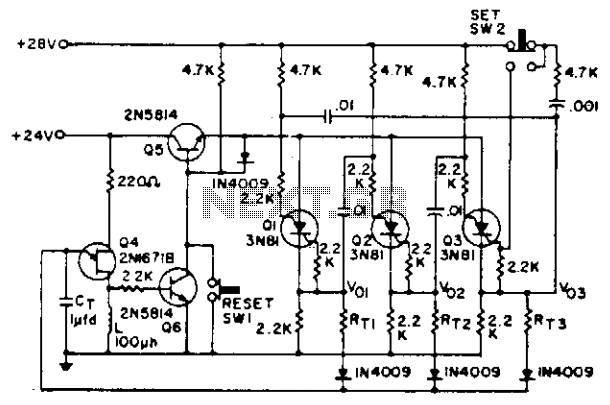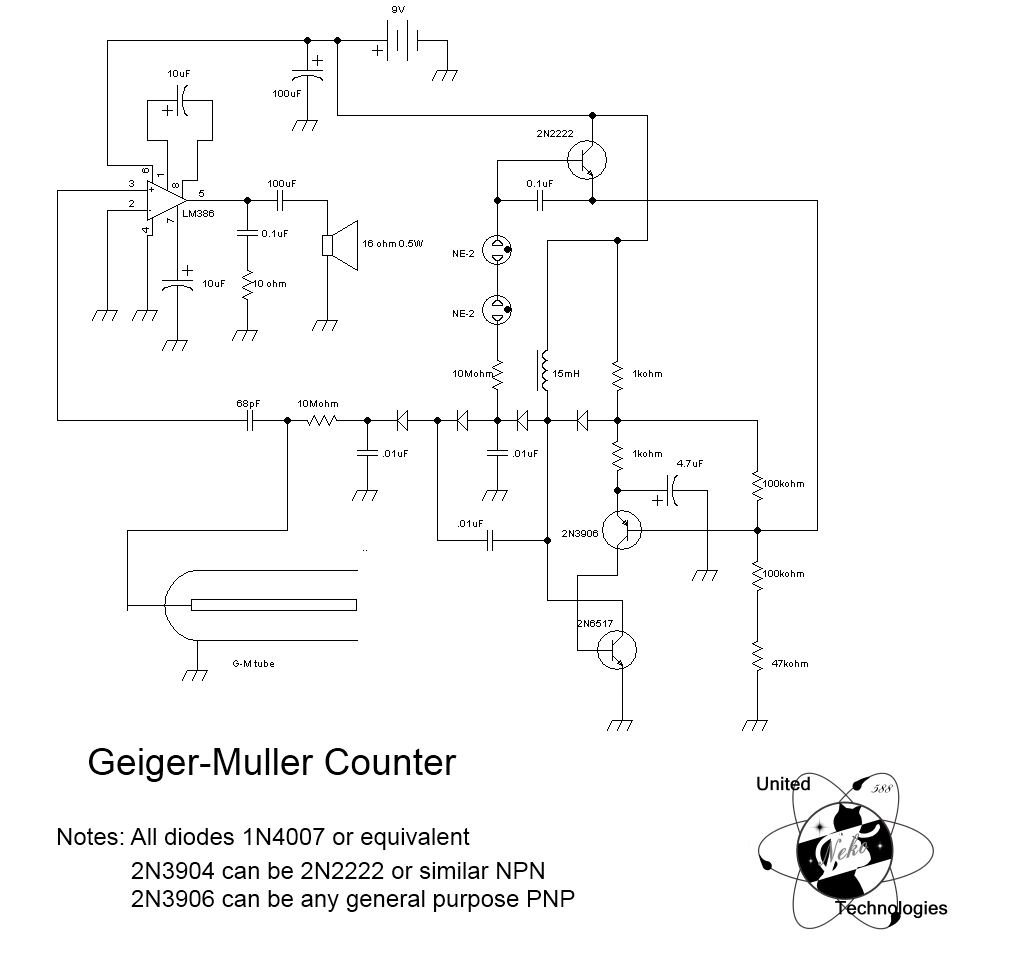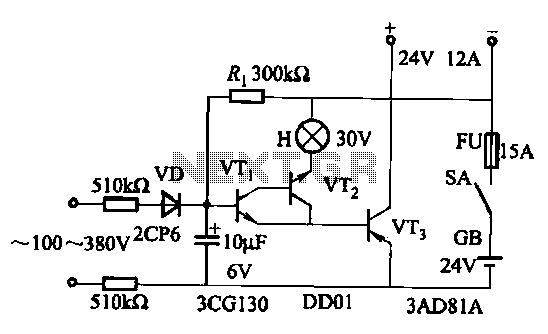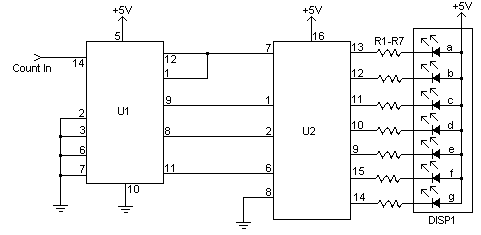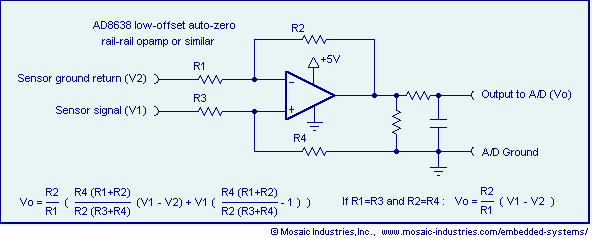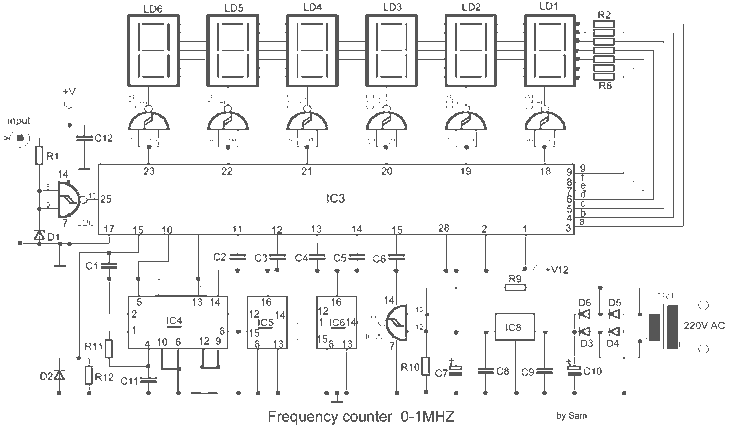
Counter Demodulates Narrowband FSK Without Synchronization

Frequency shift keying (FSK) is a widely used digital modulation technique for data transmission. Common applications of FSK modulation encompass both wired and wireless data transmission, as well as infrared remote controls for consumer electronic devices. FSK demodulation can be performed using either coherent or noncoherent methods. Coherent detection requires carrier and bit synchronization, typically achieved through phase-locked loops (PLLs). However, PLLs are sensitive to noise and usually necessitate trimming adjustments within the loop filter. Noncoherent FSK demodulation can be implemented using two bandpass filters and two envelope detectors, although bit synchronization may still be required. In narrowband FSK transmission systems, bandpass filters must exhibit a very high quality factor, complicating the implementation. This design introduces a noncoherent, narrowband FSK receiver that addresses the aforementioned drawbacks. The FSK demodulation circuitry depicted eliminates the need for PLLs or high-quality-factor bandpass filters. This high-frequency demodulation circuit does not require trimming adjustments. Components L1, L2, C4, and C7 create two resonant circuits that form an input filter with a passband centered at 10 MHz. A differential high-frequency amplifier is employed to amplify the 10-MHz signal. Integrated circuits IC1 and IC2 work together to create an automatic gain-control (AGC) circuit. The amplified signal is subsequently converted into a digital waveform by a wideband comparator, IC3. This digital signal clocks a 4-bit counter (IC4), while oscillator IC5 resets the counter. The D-type flip-flop IC6A latches the most significant bit of the counter at the rising edge of the oscillator signal OSC_OUT. The oscillator circuit generates a 50% duty cycle digital waveform, and the two FSK frequencies can be divided or multiplied by a power of two. The counter IC4 counts only during the low period of the oscillation cycle, utilizing the remaining high period of the OSC_OUT signal to clear the counter. IC5 can be realized using a crystal oscillator module, a TLC555 in astable configuration, or an oscillator circuit powered by a quartz crystal and a 74HCT02 IC. Resistors R10 and R11 should match the HF_IN source impedance; for example, if the FSK receiver connects to a 50-ohm cable, R10 and R11 should also be 50-ohm resistors to ensure maximum power transfer. After diode D1 rectifies the output voltage from amplifier IC1, the resulting DC voltage is amplified and inverted by IC2A. Differential amplifier IC2B inverts the output from IC2A, generating a positive AGC voltage signal. The output from IC2B is further modified by adding the REF voltage, scaled by resistors R1 and R4. The differential voltage amplification results in a formula of 40 + 25(VREF - VAGC), where VREF is 1.4 V. The AGC-system output signal is then sent to IC3 for conversion into a TTL-compatible signal that drives the clock of IC4.
This noncoherent narrowband FSK receiver circuit offers several advantages over traditional designs that rely on PLLs or high-quality-factor filters. By eliminating the need for trimming adjustments and reducing sensitivity to noise, this circuit enables more robust performance in various applications. The use of resonant circuits for input filtering ensures that the desired frequency is effectively isolated, while the differential high-frequency amplifier provides sufficient gain to process the incoming signals accurately. The automatic gain control ensures that the output remains within a usable range, regardless of variations in signal strength. The digital conversion stage enables seamless integration with digital processing systems, allowing for efficient data handling and manipulation. Overall, this FSK demodulation circuit represents a significant advancement in the design of narrowband receivers, making it suitable for a wide range of modern communication systems.Frequency shift keying (FSK) is a popular digital modulation technique for data transmission. Some common applications of FSK modulation include both wired and wireless data transmission as well as infrared remote controls for consumer electronic equipment. FSK demodulation can be either coherent or noncoherent. Coherent detection always demands carrier and bit synchronization, typically achieved using phase-locked loops (PLLs).
PLLs are very noise-sensitive and normally call for a trimming adjustment inside the loop filter. FSK noncoherent demodulation can be implemented with two bandpass filters and two envelope detectors. Bit synchronization may be required as well. In narrowband FSK transmission systems, bandpass filters must have a very high quality factor, making implementation more complex.
This idea presents a noncoherent, narrowband FSK receiver that eliminates the drawbacks mentioned above. Figure 1 shows the FSK demodulation circuitry in which neither PLLs nor high-quality-factor bandpass filters are used.
With this high-frequency (HF) demodulation circuit, no trimming adjustments are necessary. L1, L2, C4, and C7 form two resonant circuits, implementing an input filter whose passband is centered at 10 MHz. A differential high-frequency amplifier amplifies the 10-MHz signal. IC1 and IC2 combine to make an automatic gain-control (AGC) circuit. The amplified signal is then converted into a digital waveform by a wideband comparator, IC3. The resulting digital signal clocks a 4-bit counter (IC4). Oscillator IC5 clears the counter. IC6A, the D-type flip-flop, latches the counter`s most significant bit at the rising edge of the oscillator signal OSC_OUT.
Since the oscillator circuit generates a 50% digital waveform duty cycle and the two FSK frequencies are: The calculated OSC_OUT frequency also can be divided or multiplied by a power of two. Counter IC4 counts only during the low period of the oscillation cycle. To clear the counter, the OSC_OUT signal`s remaining high period is used. IC5 can be implemented using a crystal oscillator module, a TLC555 in an astable configuration, or an oscillator circuit powered by a quartz crystal and a 74HCT02 IC.
Resistors R10 and R11 should have values equal to the HF_IN source impedance. For instance, if this FSK receiver is connected to a 50- © cable, then R10 and R11 should be 50- © resistors. This selection will provide maximum power transfer. Once diode D1 rectifies amplifier IC1`s output voltage, the resulting dc voltage is amplified and inverted by IC2A.
Differential amplifier IC2B inverts IC2A`s output voltage, producing a positive AGC voltage signal. IC2B also adds the REF voltage, which is scaled by resistors R1 and R4. The differential voltage amplification is then equal to 40 + 25(VREF ’VAGC), with VREF = 1. 4 V. IC3 receives the AGC-system output signal and converts it into a TTL-compatible signal to drive the IC4 clock. 🔗 External reference
This noncoherent narrowband FSK receiver circuit offers several advantages over traditional designs that rely on PLLs or high-quality-factor filters. By eliminating the need for trimming adjustments and reducing sensitivity to noise, this circuit enables more robust performance in various applications. The use of resonant circuits for input filtering ensures that the desired frequency is effectively isolated, while the differential high-frequency amplifier provides sufficient gain to process the incoming signals accurately. The automatic gain control ensures that the output remains within a usable range, regardless of variations in signal strength. The digital conversion stage enables seamless integration with digital processing systems, allowing for efficient data handling and manipulation. Overall, this FSK demodulation circuit represents a significant advancement in the design of narrowband receivers, making it suitable for a wide range of modern communication systems.Frequency shift keying (FSK) is a popular digital modulation technique for data transmission. Some common applications of FSK modulation include both wired and wireless data transmission as well as infrared remote controls for consumer electronic equipment. FSK demodulation can be either coherent or noncoherent. Coherent detection always demands carrier and bit synchronization, typically achieved using phase-locked loops (PLLs).
PLLs are very noise-sensitive and normally call for a trimming adjustment inside the loop filter. FSK noncoherent demodulation can be implemented with two bandpass filters and two envelope detectors. Bit synchronization may be required as well. In narrowband FSK transmission systems, bandpass filters must have a very high quality factor, making implementation more complex.
This idea presents a noncoherent, narrowband FSK receiver that eliminates the drawbacks mentioned above. Figure 1 shows the FSK demodulation circuitry in which neither PLLs nor high-quality-factor bandpass filters are used.
With this high-frequency (HF) demodulation circuit, no trimming adjustments are necessary. L1, L2, C4, and C7 form two resonant circuits, implementing an input filter whose passband is centered at 10 MHz. A differential high-frequency amplifier amplifies the 10-MHz signal. IC1 and IC2 combine to make an automatic gain-control (AGC) circuit. The amplified signal is then converted into a digital waveform by a wideband comparator, IC3. The resulting digital signal clocks a 4-bit counter (IC4). Oscillator IC5 clears the counter. IC6A, the D-type flip-flop, latches the counter`s most significant bit at the rising edge of the oscillator signal OSC_OUT.
Since the oscillator circuit generates a 50% digital waveform duty cycle and the two FSK frequencies are: The calculated OSC_OUT frequency also can be divided or multiplied by a power of two. Counter IC4 counts only during the low period of the oscillation cycle. To clear the counter, the OSC_OUT signal`s remaining high period is used. IC5 can be implemented using a crystal oscillator module, a TLC555 in an astable configuration, or an oscillator circuit powered by a quartz crystal and a 74HCT02 IC.
Resistors R10 and R11 should have values equal to the HF_IN source impedance. For instance, if this FSK receiver is connected to a 50- © cable, then R10 and R11 should be 50- © resistors. This selection will provide maximum power transfer. Once diode D1 rectifies amplifier IC1`s output voltage, the resulting dc voltage is amplified and inverted by IC2A.
Differential amplifier IC2B inverts IC2A`s output voltage, producing a positive AGC voltage signal. IC2B also adds the REF voltage, which is scaled by resistors R1 and R4. The differential voltage amplification is then equal to 40 + 25(VREF ’VAGC), with VREF = 1. 4 V. IC3 receives the AGC-system output signal and converts it into a TTL-compatible signal to drive the IC4 clock. 🔗 External reference
